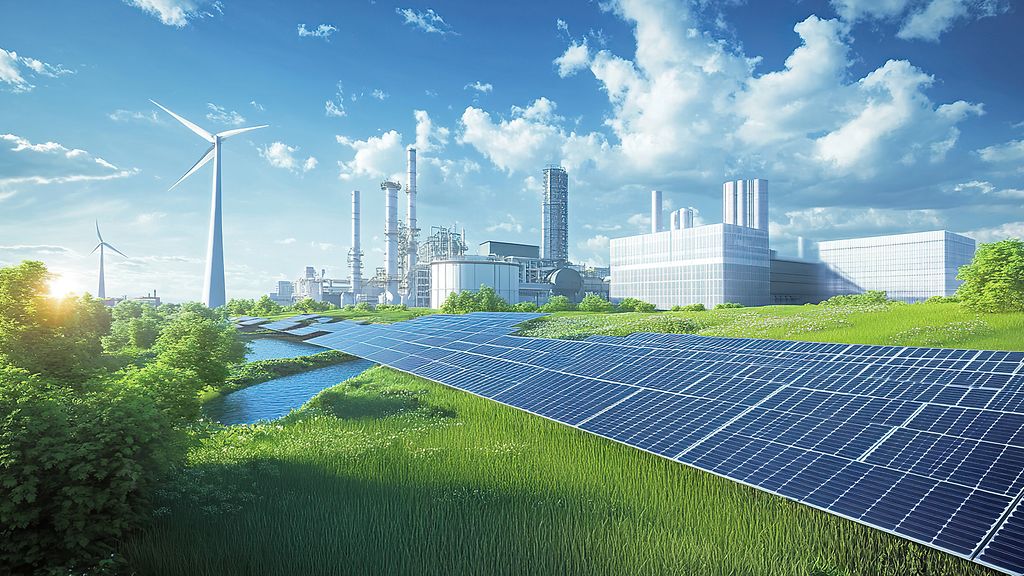The Net-Zero Industry Act (NZIA) simplifies and speeds up the permit processes for net-zero technologies (NZT) production projects.
Fixed Time Limits for Permit Process
The NZIA sets maximum time limits for the permit process for the construction or expansion of NZT manufacturing projects. Subject to the project's annual manufacturing capacity, the following time limits apply:
- less than 1 GW: 12 months
- 1 GW or more: 18 months
The time limit of 18 months also applies to projects for which a annual manufacturing capacity is not measured in GW, e.g. carbon capture and storage (CCS) technologies.
In the case of particularly complex projects, the responsible authorities may extend these time limits by up to three months once. These time limits do not include the steps of an eventual environmental impact assessment (EIA).
Shorter permit periods and other advantages apply to strategic net-zero projects.
Streamlining of Permit Process
The NZIA also introduces the establishment of single points of contact in each EU member state. These will facilitate and coordinate the approval process for NZT manufacturing projects.
The NZIA ensures that authorities accept all documents electronically and take into account pre-existing relevant studies and permits to avoid duplication. A recent reform in Germany already expanded the possibility for digital immission control procedures.
Permit Procedures in Germany
At present, the construction and operation of certain production plants may require an immission control permit among other things. An immission control permit is required, for example, for industrial facilities listed in the Fourth Immission Control Ordinance. Immission control permit procedures apply subject to the size and type of the facility with even shorter time limits than set out in the NZIA.
- Formal procedure with public participation and a general statutory time limit of seven months
- Simplified procedure without public participation and a general statutory time limit of three months
Both kinds of procedure may be extended for another three months subject to the particular complexity of a project.
An EIA can be required subject to the type and size of the industrial facility as listed under the annexes of the EIA Act. The EIA is integrated into the immission control permit process.
Where an immission control permit is not required, other permits may still be required. For instance, the construction, alteration or change of use of buildings requires a building permit. The building permit procedures are regulated at the federal state level and typically cover areas including distance space, fire protection and sound insulation.
Concentration Effect
The immission control permit procedure has a concentration effect. This means that many requirements, for instance construction law, nature conservation, forestry law, water, and wastewater regulations are to a certain degree examined by the responsible authorities and summarized in one single permit. The immission control authority involves other affected authorities.
Business Support Services
International companies planning to set up activities in Germany are welcome to use our range of free services. For general information on how to establish a German presence please refer to our online Investment Guide. This includes information on the legal framework in Germany in the following areas.

